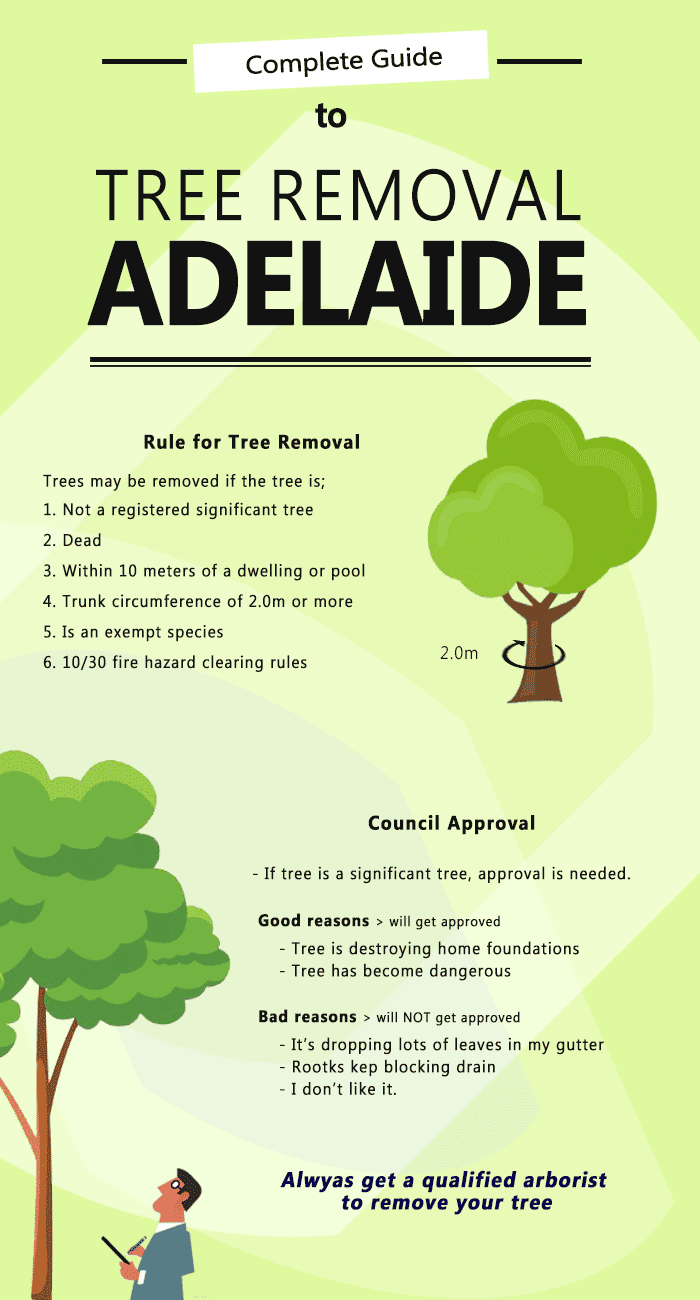Post-Tree Removal Maintenance: Efficient Approaches For Landscape Restoration
Post-Tree Removal Maintenance: Efficient Approaches For Landscape Restoration
Blog Article
Material Writer-Franks McCollum
After a tree's removal, your landscape might look quite various, and it's important to evaluate the after-effects thoroughly. You'll intend to evaluate the dirt disruption and check bordering plants for any type of signs of stress and anxiety. Neglecting these factors can bring about bigger troubles down the line. So, what should you do with those stumps and roots? And how do you choose the most effective plants for your rejuvenated space? Let's discover these important steps.
Evaluating the After-effects: Assessing Your Landscape
After a tree elimination, it's important to analyze your landscape to understand the effect it has on your yard.
Start by taking a look at the area where the tree stood. Seek signs of soil disruption, and inspect the surrounding plants for any kind of tension or damages.
https://www.thehawkeye.com/story/lifestyle/2020/09/14/52-faces-rick-huff-finds-steampunk-retirement/5759542002/ ought to also remember of exactly how the elimination has altered sunlight exposure and airflow in your yard. This shift can influence the growth of nearby plants, so it's important to examine their health.
Take into consideration the aesthetic facets also; the removal might develop an open space that you can revamp.
Ultimately, think of any type of prospective erosion issues that might occur from the tree's absence. Resolving these aspects early will assist restore balance to your landscape.
Managing Stumps and Roots: Choices for Elimination
When you have actually evaluated the after-effects of the tree elimination, you'll likely require to deal with the stump and roots left.
https://shanekfauo.ourcodeblog.com/35462526/the-value-of-tree-stump-removal-for-your-property-and-the-correct-techniques-to-achieve-it have a few choices for removal. One efficient method is stump grinding, where a specialist makes use of an equipment to grind the stump to underground degree. This approach leaves marginal interruption to your landscape.
If you favor a DIY method, you can use a mix of digging and chemical stump cleaners. Simply keep in mind, this procedure can require time and effort.
Alternatively, take into consideration leaving the stump as an all-natural function, which can act as an unique yard element or habitat for wildlife.
Whatever you pick, resolving the stump and origins is important for restoring your landscape.
Picking the Right Plant Kingdoms for Your New Area
As you analyze your recently gotten rid of area, choosing the right plants can significantly enhance your landscape's appeal and performance.
Start by taking into consideration the sunshine and dirt problems. For warm locations, choose drought-resistant plants like lavender or succulents. In shaded places, brushes and hostas flourish well.
Think about the dimension and growth practices of your plants; mix perennials and annuals for seasonal variety. Don't neglect to incorporate native species; they require much less maintenance and assistance neighborhood wildlife.
Team plants in odd numbers for a more all-natural appearance and create layers for visual depth.
Lastly, ensure you have a mix of colors and appearances to maintain your landscape dynamic throughout the seasons.
Delighted planting!
Final thought
To conclude, recovering your landscape after tree elimination is a rewarding procedure. By assessing the consequences, attending to stumps and roots, and picking the right plants, you'll create a flourishing setting. Do not forget to integrate disintegration control actions to safeguard your soil. With a little initiative and treatment, you can transform your space into a vibrant garden that improves your home. Embrace the possibility to revitalize your landscape and delight in the elegance of nature right in your backyard!
